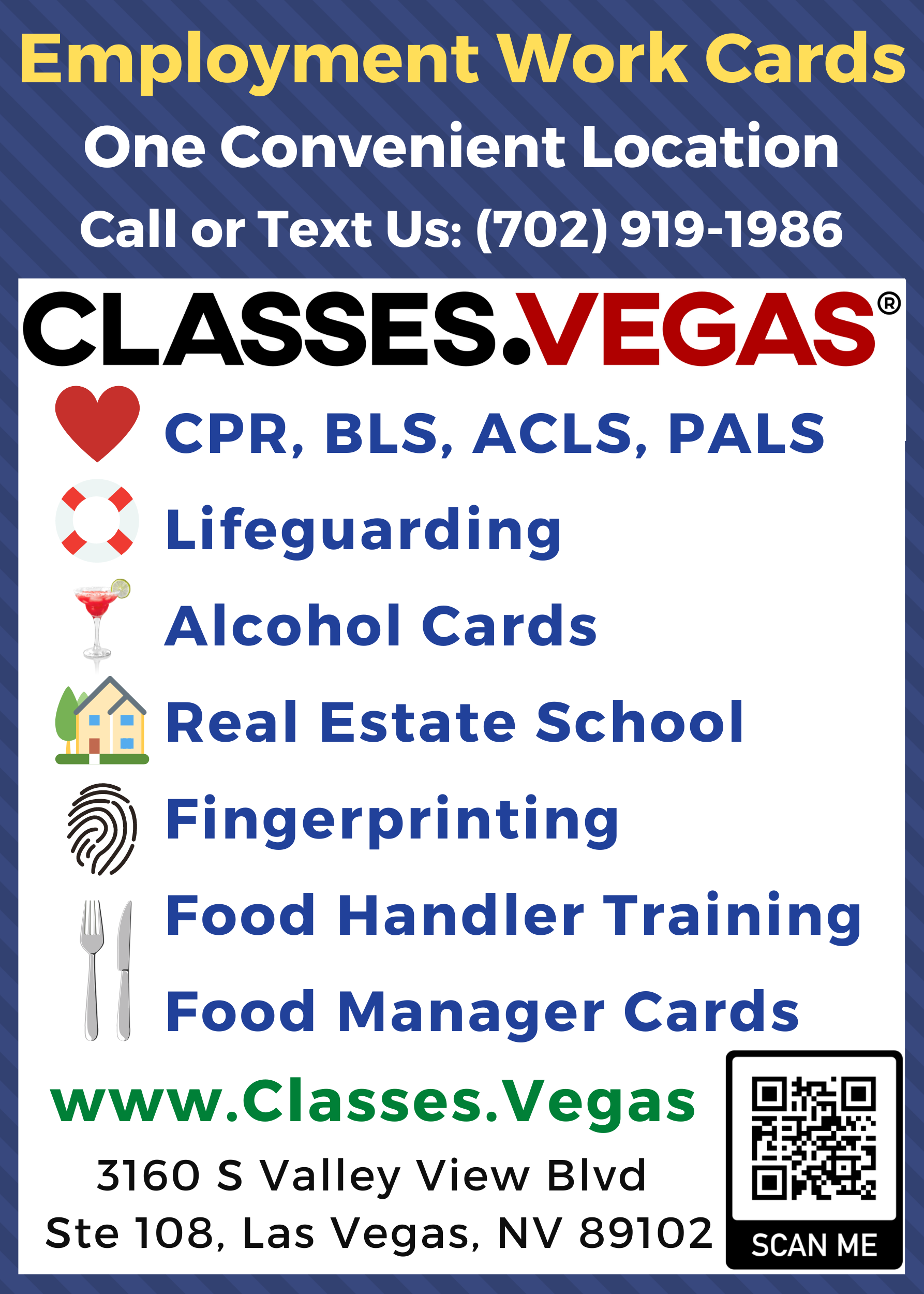Navigation Menu:
Recent Posts:
- Advanced Cardiac Life Support (ACLS) courses now available! August 14, 2021
- NEW 2020 American Heart Association CPR Guidelines Released! October 21, 2020
- 2020 CPR Guidelines Releasing October 21st! October 18, 2020
- CPR Society Student Saves Family Member’s Life May 5, 2019
- Noticias News: CPR Society Teaches How to Resuscitate a Drowning Infant May 17, 2018
- CPR Society becomes accredited by the International Association for Continuing Education and Training (IACET) March 19, 2018
- CPR Society Named Nation’s Top 100 CPR Certification Company December 25, 2017
- CPR Society Lifesaving Award Presented to Charmayne Tollefson October 28, 2017
- New CPR Feedback Device System! September 25, 2017
- CPR Society, a division of Classes.Vegas, won 1st Place at the 2017 Nevada Governor’s Conference on Business August 23, 2017
- Mental Health in the Asian-American Community (An Interview with Dr. Rhigel (Jay) A. Tan, DNP, APRN, PMHNP, GNP, ANP) August 4, 2017
- Heart Disease in America — A Growing Epidemic May 7, 2017

